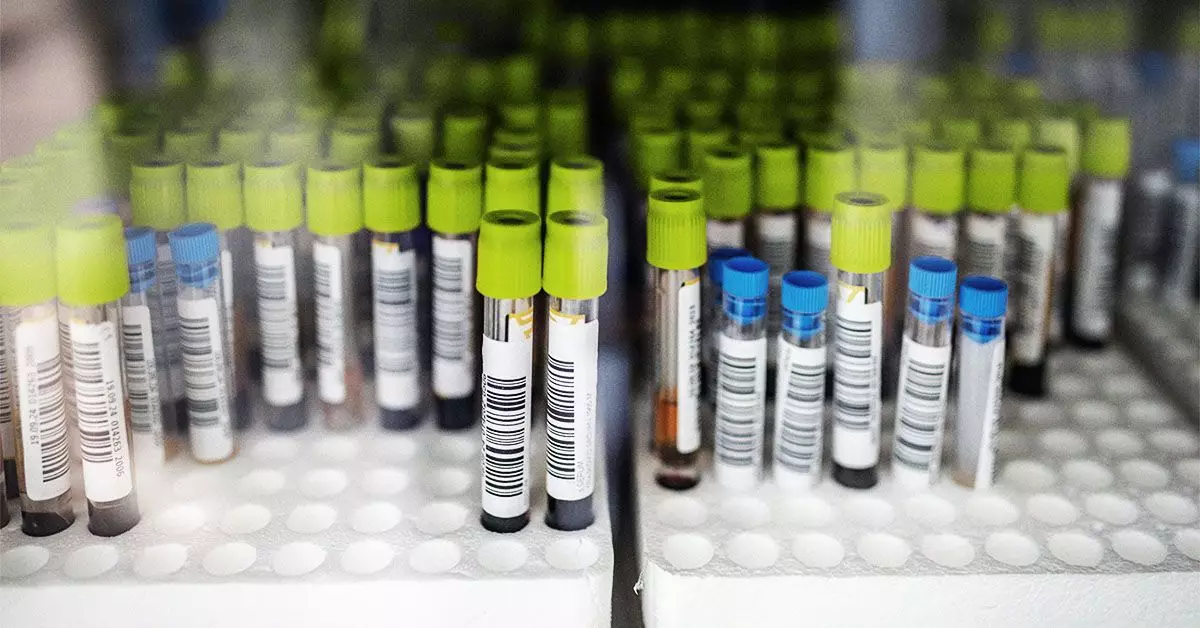Philadelphia-positive acute lymphoblastic leukemia (Ph+ ALL) represents a distinct category within the broader spectrum of acute lymphoblastic leukemia (ALL). This form of leukemia is characterized by the presence of the Philadelphia chromosome, resulting from a genetic anomaly that has significant implications for its diagnosis and treatment. In this article, we will explore the symptoms associated with Ph+ ALL, the underlying causes, diagnostic methodologies utilized by healthcare practitioners, treatment strategies, and the impact of this disease on patients.
The symptoms of Ph+ ALL are largely similar to those seen in other subtypes of acute lymphoblastic leukemia. Patients may exhibit a variety of nonspecific manifestations such as fatigue, paleness, easy bruising, and recurrent infections, which occur as a result of insufficient normal blood cell production due to a proliferation of immature white blood cells, or blasts. These symptoms arise because the accumulation of these abnormal cells in the bone marrow restricts the production of healthy blood cells, leading to a compromised immune system and various clinical symptoms.
It is crucial for individuals experiencing these manifestations to seek prompt medical attention, as these symptoms may also be indicative of other health issues. An accurate diagnosis often hinges on comprehensive medical evaluation and laboratory testing.
The hallmark of Ph+ ALL is the identification of a genetic mutation involving the BCR-ABL1 fusion gene. This occurs due to the translocation between chromosome 9 and chromosome 22, which gives rise to a unique genetic signature—the Philadelphia chromosome. This genetic alteration triggers the production of an uncontrolled amount of the tyrosine kinase enzyme, which is instrumental in promoting the proliferation of malignant white blood cells.
This abnormal growth pattern not only affects the bone marrow but can also impact peripheral blood, leading to systemic symptoms. Understanding the genetic basis of Ph+ ALL is vital not only for diagnosis but also for developing targeted treatment options that exploit these specific molecular aberrations.
Diagnosing Ph+ ALL requires a multifaceted approach involving several diagnostic tests. Initially, a complete blood count (CBC) is performed to evaluate the levels of red blood cells, white blood cells, and platelets. A significant elevation in white blood cell counts, especially blasts, may raise suspicion for ALL.
To establish a definitive diagnosis, healthcare providers often employ bone marrow aspirates and biopsies, which allow for direct visualization and analysis of the bone marrow microenvironment. Additionally, biomarker testing serves an essential role in identifying genetic abnormalities associated with Ph+ ALL. Techniques such as fluorescence in situ hybridization (FISH), polymerase chain reaction (PCR), and next-generation sequencing are utilized to confirm the presence of the BCR-ABL1 fusion gene and further characterize the leukemia at a molecular level.
The leukemic cells’ immunophenotype can also be evaluated through immunophenotyping, which identifies specific surface markers on the cells. Collectively, these diagnostic tools help clinicians to subclassify ALL and tailor treatment strategies based on the underlying genetic profile.
The mainstay of treatment for Ph+ ALL focuses on the use of tyrosine kinase inhibitors (TKIs), which target the aberrant tyrosine kinase activity resulting from the BCR-ABL1 fusion gene. Imatinib was the first TKI approved for this condition, but several others, including dasatinib and nilotinib, have since emerged as effective therapies. These agents are remarkably effective at inducing remission when used in conjunction with chemotherapy, which targets any residual leukemic cells.
The overarching goal of treatment is molecular remission, defined by the absence of detectable leukemia through highly sensitive laboratory testing. Achieving this state significantly improves prognostic outcomes. However, treatment protocols often require careful monitoring and ongoing adjustments to address potential resistance mechanisms that may arise due to genetic mutations in the leukemic cells.
Ph+ ALL tends to manifest more frequently in adults compared to children, accounting for a significant portion of adult ALL cases. The prognosis for patients with this subtype has improved substantially in recent years due to advances in targeted therapies, leading to higher rates of remission and improved survival. Despite these advancements, early detection and intervention remain critical in managing the disease.
Philadelphia-positive acute lymphoblastic leukemia presents a unique subset of ALL, characterized by specific genetic alterations that necessitate targeted diagnostic and therapeutic strategies. By enhancing awareness among patients and healthcare providers and leveraging advanced diagnostic techniques, we can improve treatment outcomes and enhance the quality of life for individuals battling this challenging condition.

